Toosendanin
- CAS NO.:58812-37-6
- Empirical Formula: C30H38O11
- Molecular Weight: 574.62
- MDL number: MFCD00210564
- SAFETY DATA SHEET (SDS)
- Update Date: 2025-01-27 09:38:02
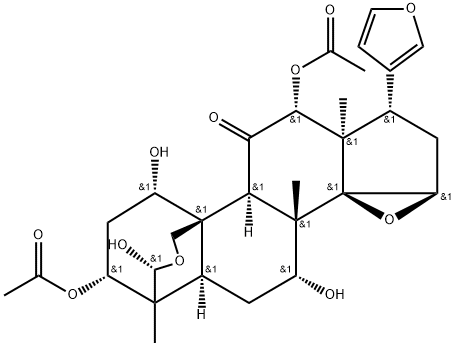
What is Toosendanin?
Description
Fructus Meliae Toosendan (chuan lian zi), the fruit of Melia toosendan Sieb. Et Zucc,
is mainly produced in Sichuan, Hubei, Henan, and Hunan province in China .
Toosendanin is a tetracyclic triterpene compound extracted from fructus toosendan.
It is an ascaridole agent and showed anti-botulinum, antibacterial, anticancer,
and anti-inflammatory effects. It is also a neuromuscular blocking agent.
Physical properties
Appearance: white acicular crystal, colorless, bitter, and odorless. Solubility: soluble in ethanol, methanol, ethyl acetate, acetone, pyridine, etc., and slightly soluble in hot water, chloroform, benzene, and ether and insoluble in petroleum ether.
History
Toosendanin is the main chemical composition of the fructus toosendan. Researches on this compound could date back to 1953. Toosendanin has been named in 1955, while its structure was identified 20 years later by mass spectrometry. Toosendanin is a triterpenoid derivative containing a β-substituted furan ring . A new synthetic strategy is put forth allowing access to a 4-acetoxy CD fragment analogue of toosendanin, which was achieved from mesityl oxide and acetylacetone in 14 steps in 2009 .
The anti-parasite of toosendanin was reported in 1971. In 1980, it was identified
as a selective neuromuscular blocking agent that acts on neuromuscular junction . The anti-botulinum effect of toosendanin was discovered in 1982 . In recent years, it is also observed that toosendanin can induce differentiation and apoptosis . Toosendanin could inhibit the growth of feeding larvae and insects. It has been used as pollution-free, no residue of botanical insecticides for the production of fruits and vegetables in China .
The Uses of Toosendanin
Toosendanin is a triterpenoid derivative, acts as a novel agonist of L-type Ca2+ channels in neonatal rat ventricular cells.
The Uses of Toosendanin
Toosendanin is a triterpenoid derivative and a novel agonist of L-type Ca2+ channels in neonatal rat ventricular cells (1,2,3).
Indications
Insecticide
Definition
ChEBI: Toosendanin is a limonoid.
Pharmacology
By interfering with neurotransmitter release and causing an initial facilitated diffusion toosendanin eventually blocks synaptic transmission at both the neuromuscular
junction and central synapses.
Toosendanin is sharing many similar actions with botulinum neurotoxin on blocking neuromuscular transmission, but it has very low biological activity compared with botulinum neurotoxin. Studies suggest that the anti-botulinum effect is achieved by preventing botulinum neurotoxin from approaching its enzymatic substrate, SNARE protein.
Toosendanin can induce differentiation and apoptosis in several cell lines and suppress proliferation of various human cancer cells. It inhibits K+ channel and facilitates L-type Ca2+ channel, which is associated with parts of its biological activities .
In a word, activities of toosendanin include selective neuromuscular blocking, effectively antagonizing botulism, inducing cell differentiation and apoptosis and inhibiting proliferation of various human cancer cells, inhibiting feeding and development in insects, and modifying K+ and Ca2+ channel activity.
Clinical Use
Fructus Meliae Toosendan is a traditional Chinese medicine which is still used in internal medicine.
Properties of Toosendanin
| Melting point: | 170-175°C |
| Boiling point: | 555.97°C (rough estimate) |
| Density | 1.2084 (rough estimate) |
| refractive index | 1.5970 (estimate) |
| storage temp. | Refrigerator |
| solubility | DMSO (Slightly), Methanol (Slightly) |
| form | Solid |
| pka | 12.15±0.70(Predicted) |
| color | White to Pale Beige |
| CAS DataBase Reference | 58812-37-6 |
Safety information for Toosendanin
Computed Descriptors for Toosendanin
New Products
1-Amino-1-cyclohexanecarboxylic acid 6-Bromo-3-iodo-1-methyl-1H-indazole 3-(2,4-Dimethoxybenzyl)dihydropyrimidine-2,4(1H,3H)-dione S-Methylisothiosemicarbazide hydroiodide ELECTROLYTIC IRON POWDER 1-Aminocyclobutanecarboxylic acid 1-(2-Ethoxyethyl)-2-(piperidin-4-yl)-1H-benzo[d]imidazole hydrochloride tert-butyl 4-(1H-benzo[d]iMidazol-2-yl)piperidine-1-carboxylate Decanonitrile N,N'-diallyl-1,3-diaminopropanedihydrochloride N-(3-Nitrophenyl)cyclopropanecarboxamide (2-amino-2-phenylethyl)(methyl)amine Methyl-2-acetamidobenzoate methyl 6-chloro-2-(chloromethyl)nicotinate 2-methoxy-4-methyl-5-nitro pyridine 2-iodo-5-bromo pyridine 2-amino-4-methyl-5-nitro pyridine 4-cyano benzaldehyde 2-hydroxy-5-bromo pyridine 5-Fluoro-2-Oxindole 3,5-Dichloro-2,6-Dimethyl-1h-Pyridin-4-One (9H-fluoren-9-yl)methyl carbonochloridate 2-methyl-5-nitroaniline (S)-1-(tert-butoxycarbonyl)-4-oxopyrrolidine-2-carboxylic acidRelated products of tetrahydrofuran
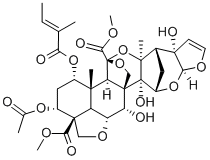
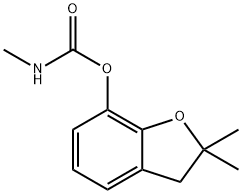


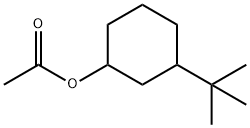
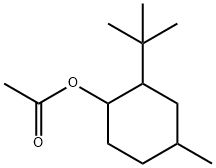

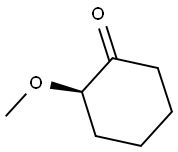
You may like
-
 Toosendanin 95% CAS 58812-37-6View Details
Toosendanin 95% CAS 58812-37-6View Details
58812-37-6 -
 Toosendanin CAS 58812-37-6View Details
Toosendanin CAS 58812-37-6View Details
58812-37-6 -
 4 Chloro 6,7 Dimethoxy Quinoline (Cabozantinib intermediate)View Details
4 Chloro 6,7 Dimethoxy Quinoline (Cabozantinib intermediate)View Details
35654-56-9 -
 3,4 Difluoro benzaldehydeView Details
3,4 Difluoro benzaldehydeView Details
34036-07-2 -
 10,10 Dimethyl AnthroneView Details
10,10 Dimethyl AnthroneView Details
5447-86-9 -
 Methyl 3 cyclohexene 1 carboxylateView Details
Methyl 3 cyclohexene 1 carboxylateView Details
6493-77-2 -
 Indazole 3 carboxylic acidView Details
Indazole 3 carboxylic acidView Details
4498-67-3 -
 2 Hydroxy 4 methoxy benzoic acidView Details
2 Hydroxy 4 methoxy benzoic acidView Details
2237-36-7